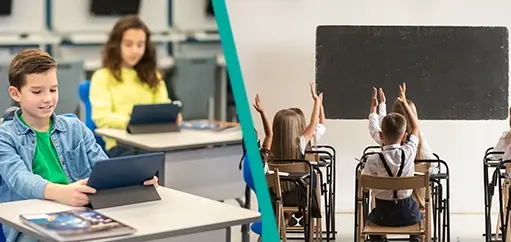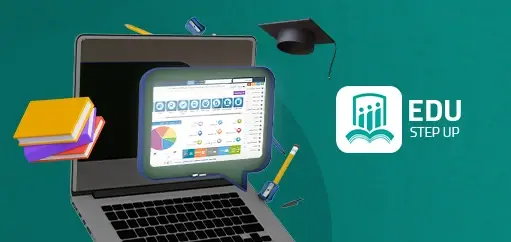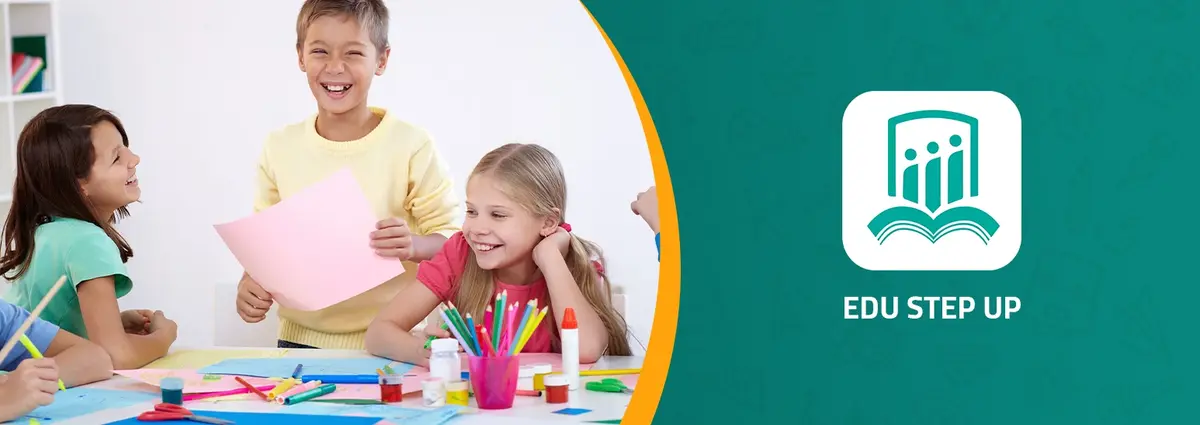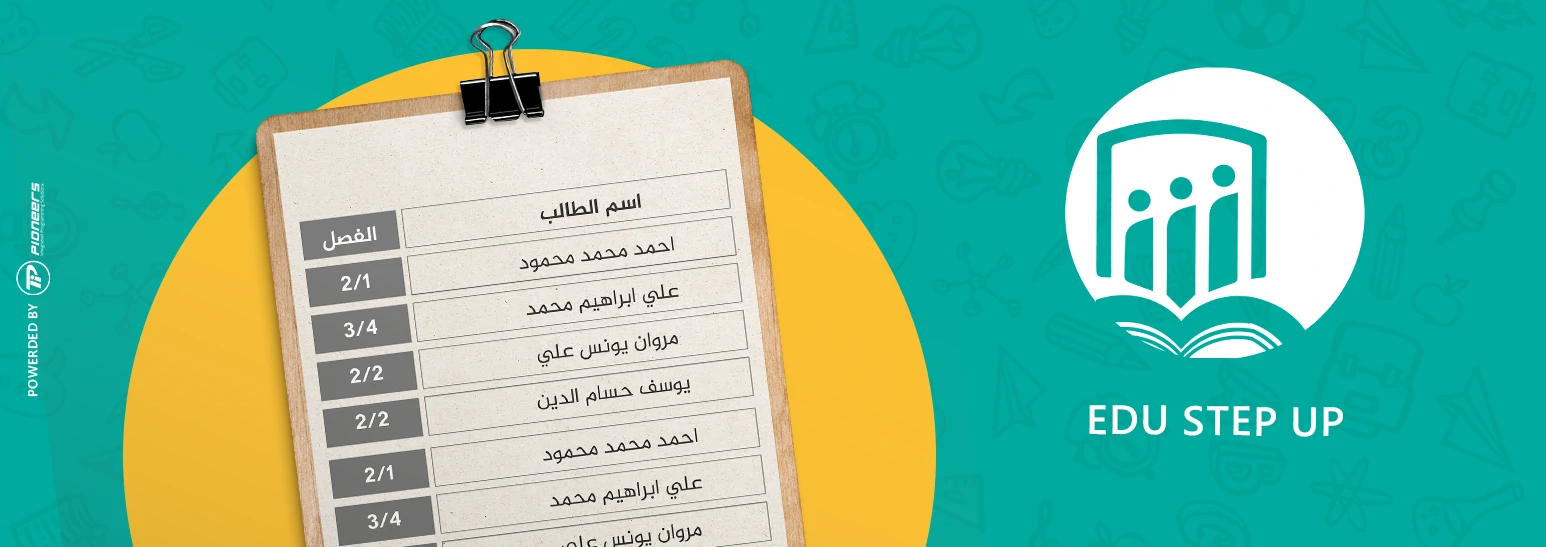
Thu 2024/03/07
The future of education : How E-learning is changing the classroom
E-learning is considered one of the most important modern trends in the field of education, as it offers many advantages compared to traditional education, and is a radical transformation in the world of education. This transformation comes in light of the rapid changes in technology, which have greatly affected all areas.
Educational institutions have been using traditional teaching methods for ages. Most of us are familiar with the traditional model where one teacher teaches fifty students at the same time, and no one knows whether these fifty students are capable of understanding what is being explained or even if they pay attention to the lecture. This style of teaching is not considered effective at present.
Students now have access to new technology that helps them learn and retain information much better. This means that it is time for educational institutions to introduce some changes to teaching methods. The common alternative to traditional education is online learning or e-learning.
Online learning is better than traditional education, where the most important element in the online education model is discussed. The online education model mainly tries to overcome the flaws of the traditional education system while also providing additional benefits.
In the traditional teaching model, students listen to long lectures and take notes, and usually resort to rote memorization.
This leaves no room for active interaction in the classroom. Whereas, online learning encourages participation in classroom activities and peer collaboration.
With the availability of various forms of study resources online, students can deal with their study tools and acquire knowledge in a more engaging way.
In this article, we will explore the concept of online learning and its latest statistics, the benefits and challenges of online learning, how online learning affects traditional one, and successful online learning programs.
What do we mean by online learning?
E-learning or online learning is a type of learning that is achieved through effective use of digital technology, the internet, and other multimedia. This includes the use of online educational programs, electronic communication with teachers and peers, and sharing digital learning tools and resources. It can also involve learning through texts, audio, videos, and live online lectures.
E-learning enables easy and flexible access to educational materials and allows students to organize their time and place of study. It is also an effective means of promoting education worldwide, improving the quality of education, and providing access to education for everyone, everywhere.
Recent statistics indicate that:
- 81% of students say that digital learning technology helps them raise their academic performance.
- 71% of students engage more in digital coursework.
- 97% of students found adaptive learning technology useful in retaining information.
- 84% of students say that digital learning will enhance their knowledge.
- 45% of students prefer learning on their personal device.
- 79% of students prefer online testing, adaptive learning technology, and e-books in the learning process.
What are the benefits of online learning?
- Flexibility of Time and Place
Students can access course materials and complete tests at any time and from any location they choose, providing them with greater flexibility in organizing their time.
- Cost Savings
E-Learning helps to reduce the cost of physical facilities required in traditional education, as there is no need for current educational facilities to conduct classrooms for teaching, and it also reduces the cost of commuting from homes to educational facilities for both students and teachers.
- Wider Range of Courses and Programs
One of the major benefits of e-learning is that students can learn from schools all over the world and find the program that meets their needs without disrupting their lives, unlike people who study on-campus with local options or have to move to another city for a full-time program.
- Communication and Collaboration Enhancement
Students can communicate with each other and with teachers more easily and effectively, and learners can also work together on projects and tasks.
- Improving Technology Skills
Students learn to use technology effectively, which helps them prepare for the constantly changing job market.
- Efficiency
E-Learning offers teachers an efficient way to deliver lessons to students. Online learning has a number of tools such as videos, PDFs, podcasts, and teachers can use all these tools as part of their lesson plans. By extending the lesson plan beyond traditional textbooks to include online resources, teachers are able to become more efficient educators.
Read also about:
most important advantages and disadvantages of Virtual Classrooms
Challenges facing online learning:
- Access to technology: Some students may not have access to reliable internet, a computer, or other necessary technology to participate in e-learning.
- Lack of interaction: Online learning can lack the social interaction and networking opportunities that traditional in-person learning provides.
- Technical difficulties: Technical difficulties such as internet connectivity issues, software incompatibility, or difficulty navigating online platforms can disrupt the leaning process.
- Self-motivation: Online learners may struggle with self-motivation and discipline to complete coursework without the structure and accountability of a traditional classroom setting.
- Limited feedback: Online learning can limit the opportunities for students to receive feedback on their work, which can make it difficult for students to improve their understanding and skills.
- Limited access to resources: Online learners may have limited access to resources such as library materials, laboratories, or other specialized equipment.
- Limited access to instructors: Online learners may have limited access to instructions, which can make it difficult to receive help and support when needed.
- Digital literacy: Some students may not have the necessary digital literacy skills to navigate and participate in e-learning, this could be a big challenge for them.

How Online Education in 2023 Impacts Traditional Education?
- Students can learn at their own pace
Students now have full control over their lessons. This means that they can learn according to their own learning pace and ability. Every student learns and retains lessons differently, with some being quick learners while others may take time to understand a certain subject.
In a classroom environment, the teacher explains concepts and answers questions, but there are limits to what they can do. There may be students with unanswered questions, and some students may feel that the teacher's teaching speed is too fast for them. It is impossible for the teacher to give individual attention to every student.
E-learning addresses this issue by providing additional information and explanations through e-books and other online sources.
- Reduces the burden on teachers
When students have the option of learning online, they rely less on teachers for more information or feedback. They can obtain additional information themselves with the help of e-libraries.
With easy access to the internet, students can browse thousands of educational materials available online. This helps them better prepare for their exams, as they have access not only to the educational materials recommended by the educational institution but also to external and additional information. Therefore, online learning reduces the dependence on teachers for feedback and explanation.
- Learning materials provide affordable cost
E-learning is more cost-effective for students than traditional learning, as the cost of producing e-course materials and printed books varies. Printed books cost more because they require a lot of processes to make, and all of these processes add to the cost of each printed book. E-books, on the other hand, are created using online programs and are published and distributed digitally, so the cost of e-books is lower.
- Providing Customized Learning Opportunities
Students can access a wide range of online courses and educational programs, allowing them to choose courses that match their interests and personal requirements.
In addition, online learning can provide different learning methods for students who learn differently, enabling them to access knowledge more effectively. It is expected that the adoption of modern and interactive technologies in online learning will increase in 2023, leading to the development of more interactive digital learning experiences.
Read also about:
most important suggestions for the development of the school
Major differences between traditional learning and online learning:
|
Aspect |
Traditional Learning |
Online Learning |
|
Delivery |
In-person lectures and classroom instruction |
Online lectures and course materials |
|
Schedule |
Fixed schedule at set times and locations |
Flexible schedule with self-paced learning |
|
Interaction |
Face-to-face interaction with teachers and peers |
Virtual interaction through discussion boards, video conferencing, and email |
|
Learning Environment |
Physical classroom with limited access to technology |
Virtual classroom with access to a wide range of online resources |
|
Assessment |
In-person exams, quizzes, and assignments |
Online exams, quizzes, and assignments |
|
Cost |
Higher tuition fees and additional expenses such as transportation and textbooks |
Lower tuition fees and fewer additional expenses |
Best online learning programs
School management program Edu Step Up
An integrated web-based system with latest school management methods, get all school management method in one place.
Edu Step Up “school management system aims to serve all parties in all educational process (School Management - Teachers - Students - Parents)
management system works on schools’ types inside and outside Egypt, whether the type of study Arabic or languages.

Features of Edu Step Up Management System:
- School account management: Managing the accounting work within the school starting with the addition of income and school fees expenses and the preparation and payment of premiums and salaries of employees.
- Department of Administrative Affairs: The program is designed to help manage all sections of the school in a way that helps maintain the confidentiality of data.
- Reports: Recording and printing of all reports about the school from student affairs, accounts, control, workers affairs, and others.
- Department of Student Affairs: Manage everything related to the student inside the school to help you follow up and manage all the students' affairs smoothly.
- Personnel Administration: Follow-up of human resources on a regular basis, as the school administration program allows adding all data related to personnel affairs.
And many other advantages of the program can be found through this link:
https://edustepup.com/en/features
In conclusion, online learning is changing the traditional classroom model by providing more flexibility, cost-effectiveness, and personalized learning experiences. However, it also poses some challenges and requires a different approach to teaching and learning.
As online learning continues to evolve, it is essential for educational institutions to stay current with the latest technology and pedagogy to ensure that they are providing the best possible education for their students.
Leave Comment















Comments